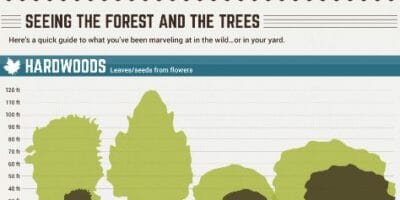Indicators That It Is Needed To Remove A Tree - A Handbook For Homeowners
Indicators That It Is Needed To Remove A Tree - A Handbook For Homeowners
Blog Article
Material Writer-Kehoe Conway
Trees include appeal and value to residential or commercial property, yet they can additionally posture a risk during severe weather occasions. If a tree has actually stopped expanding, is exhibiting visible fungal development, or has a leaning trunk, it ought to be eliminated by an expert to prevent residential or commercial property damages and injury.
To learn more, go to a house owner resource reasonable co-hosted by HPD, the Facility for New York City Neighborhoods, and Brooklyn-based housing companions this evening in Bedford-Stuyvesant. The event will certainly feature the House owner Manual, a brand-new guide to assist property owners navigate the responsibilities of having a home.
1. Dead or Perishing Branches
Trees are an indispensable part of your home's landscape, providing color and charm. They likewise provide shelter for wildlife and create oxygen, yet also healthy and balanced trees can experience health problems that may demand their removal. Dead or passing away trees aren't just unattractive, they can be unsafe. Their branches might fall during a tornado, resulting in pricey residential property damage and injuries.
When a tree's branches begin to die, it means that its framework is starting to break down. If most of its branches are dead, it is likely time to remove it.
https://kameronatldw.bloggosite.com/35870965/guaranteeing-safety-and-performance-why-you-ought-to-hire-a-certified-arborist-for-tree-elimination-services of brand-new growth, bark peeling, open wounds or dental caries, fungi growing on the trunk or roots and a general look of degeneration in the entire cover. These signs of infection can show a severe issue that will certainly need specialist tree solutions to settle.
2. Leaning Trunk
While it's typical for trees to lean every now and then as a result of phototropism, if a tree has an unsafe or serious lean that's not because of natural processes - maybe an indicator that the tree needs to be gotten rid of. If the tree is favoring a high-voltage line, home, automobile, play structure or any other area that could be harmful to people if it falls, then getting in touch with a professional tree solution for removal should be a leading priority.
It's additionally essential to expect any kind of sudden changes in a tree's leaning as it can indicate damages to the origins or trunk that might cause falling. This is particularly true during stormy weather, since high winds and rain-soaked dirt can create a lean to alter quickly. Routine tracking, especially during and after tornados can assist home owners acknowledge possible issues with their trees so they can call an arborist for an extensive analysis.
3. Insect Problem
Some pest invasions, such as wood-boring pests like emerald ash borer or sap-suckers like scale insects, are so serious that they can create a tree to die. The best method to avoid pest invasion is to check your trees often. Look for areas, openings, or stainings in the fallen leaves and bark. Examine the trunk for fractures and signs of insect damage, such as passages or tracks.
If a tree comes to be also ravaged with pests, or is close to a home or high-voltage line, an arborist might advise removal. If a leaning tree establishes a new, unsteady lean, an arborist will likely advise elimination as well to guarantee the safety and security of people and property. If budget tree service damaged or dead tree constantly loses extreme branches, it is a sign that it is time to remove the tree. If a tree continues to shed branches for an extensive amount of time, it can result in structural issues and prospective residential property damages.
4. Damaged Trunk
Trees are a gorgeous and integral part of our landscape, yet they do need routine like keep them healthy and secure. If a tree is damaged irreparable it is most likely time for it to find down.
Look for signs of damages to the trunk, consisting of vertical fractures, joints, dead branch stubs, noticeable injuries or open cavities and extreme tree-rot. The visibility of fungi at the base of the trunk is another alerting indicator. Fungis might suggest that the phloem and xylem (life-support cells) are jeopardized, allowing for the spread of condition or a future failure.
Also, think about whether the tree has actually stopped growing. Healthy and balanced trees will have brand-new development every year, which may show up as buds or branches sprouting and prolonging. If you do not see any kind of brand-new development, it's an excellent idea to have an arborist review the tree and follow their recommendation for elimination. A dying or harmed tree can fall and trigger property damage.